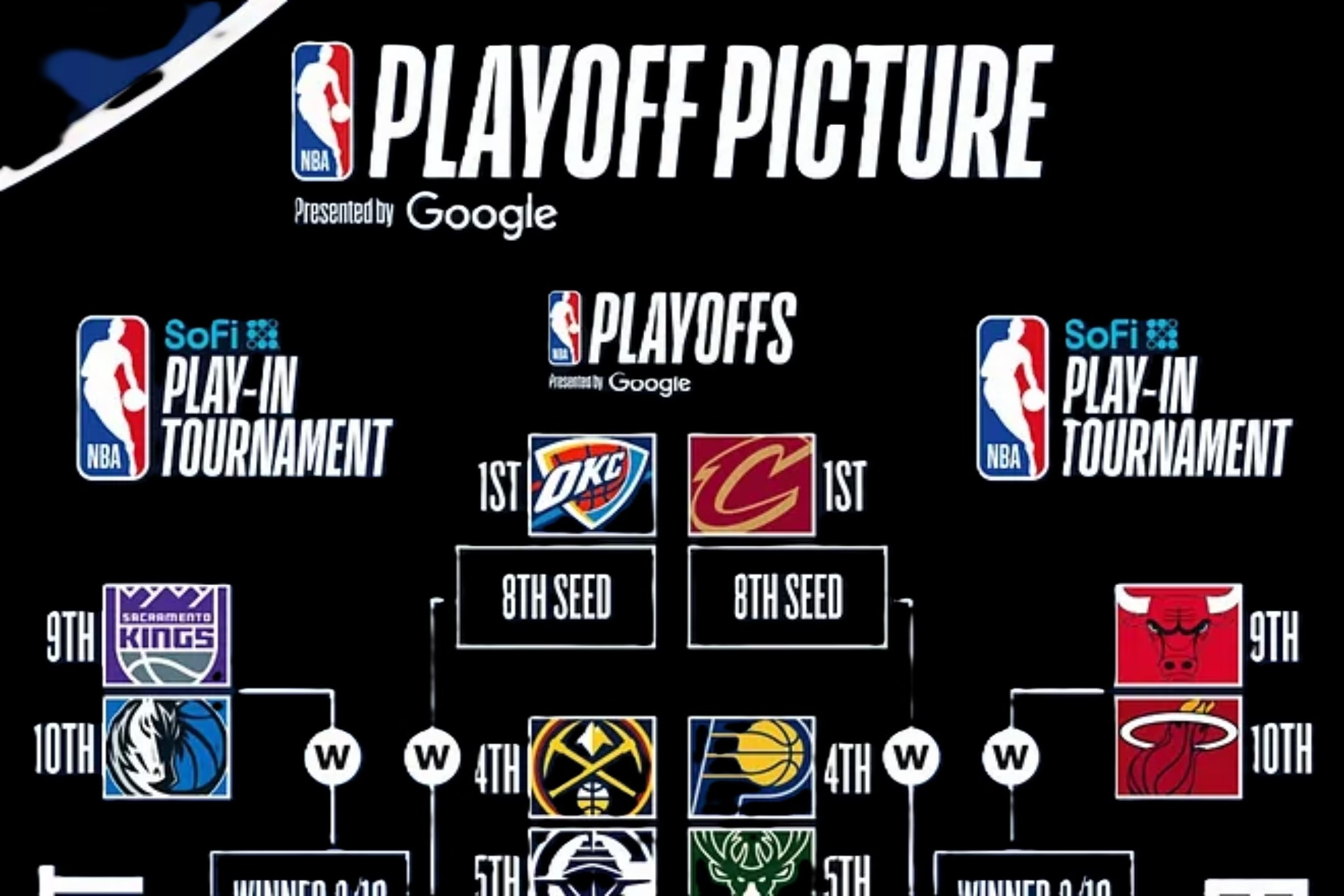Introduction
The NCAA Division I Women’s Basketball Tournament, popularly known as Women’s March Madness, has become one of the most exciting and anticipated events in college sports. This annual basketball extravaganza showcases the best female collegiate athletes in the United States, captivating fans with thrilling games, incredible performances, and unforgettable moments. In this comprehensive guide, we’ll dive deep into the history, format, and significance of Women’s March Madness, exploring why it has become a cultural phenomenon and a pivotal platform for women’s sports.
The History of Women’s March Madness
Women’s March Madness has a rich and fascinating history that spans several decades. The tournament’s roots can be traced back to 1982 when the NCAA took over the administration of women’s collegiate sports from the Association for Intercollegiate Athletics for Women (AIAW). This marked a significant turning point in the recognition and support of women’s college basketball.
Early Years and Growth
In its inaugural year, the Women’s March Madness tournament featured just 32 teams. Over the years, the tournament has expanded significantly, mirroring the growing popularity and competitiveness of women’s college basketball. By 1994, the field had grown to 64 teams, providing more opportunities for talented athletes to showcase their skills on a national stage.
Milestones and Memorable Moments
Throughout its history, Women’s March Madness has produced countless memorable moments and milestones:

- 1982: The first NCAA Women’s Basketball Championship was won by Louisiana Tech.
- 1995: Connecticut claimed its first national title, beginning a dynasty that would dominate women’s college basketball.
- 2001: Notre Dame upset Connecticut in the Final Four, ending the Huskies’ 30-game winning streak.
- 2006: Maryland won a thrilling championship game against Duke in overtime.
- 2018: Notre Dame’s Arike Ogunbowale hit back-to-back game-winning shots in the Final Four and championship game.
These moments, among many others, have helped cement Women’s March Madness as a must-watch event for basketball fans across the country.
Tournament Format and Structure
Women’s March Madness follows a similar format to its men’s counterpart, creating an exciting and unpredictable tournament structure that keeps fans on the edge of their seats.
Selection Process
The tournament begins with Selection Sunday, typically held in mid-March. During this event, the NCAA Division I Women’s Basketball Committee reveals the 68 teams that will participate in the tournament. These teams include 32 automatic qualifiers (conference champions) and 36 at-large bids selected by the committee based on their performance throughout the season.
Tournament Rounds
The Women’s March Madness tournament consists of several rounds:

- First Four: Four games between eight teams to determine the final four spots in the 64-team bracket.
- First Round: 32 games featuring the 64 remaining teams.
- Second Round: 16 games between the winners of the first round.
- Sweet Sixteen: Eight games featuring the remaining 16 teams.
- Elite Eight: Four games to determine the Final Four participants.
- Final Four: Two semifinal games.
- National Championship: The title game between the two semifinal winners.
Regional Sites and Final Four
The tournament is divided into four regions, with games played at various sites across the country. In 2025, the regional rounds (Sweet Sixteen and Elite Eight) will be held in Birmingham, Alabama, and Spokane, Washington1. The Final Four and National Championship game will take place at Amalie Arena in Tampa, Florida, from April 4-6, 2025.
Impact on Women’s Sports
Women’s March Madness has played a crucial role in advancing women’s sports and promoting gender equality in athletics. The tournament has become a powerful platform for showcasing the skill, athleticism, and competitiveness of female basketball players, challenging stereotypes and inspiring future generations of athletes.
Increased Visibility and Media Coverage
Over the years, Women’s March Madness has gained significant media attention and coverage. Major networks now broadcast games throughout the tournament, bringing women’s college basketball to a wider audience. This increased visibility has helped raise the profile of women’s sports and create new opportunities for female athletes.
Growth in Attendance and Viewership
The popularity of Women’s March Madness has grown substantially, with attendance and viewership numbers reaching new heights. Packed arenas and record-breaking TV ratings demonstrate the increasing interest in women’s college basketball and the tournament’s ability to captivate fans across the country.
Empowering Female Athletes
Women’s March Madness provides a platform for female athletes to showcase their talents on a national stage. The tournament has helped launch the careers of numerous WNBA stars and has inspired countless young girls to pursue their dreams in basketball and other sports.
Notable Champions and Dynasties

Throughout its history, Women’s March Madness has seen the rise of several dominant programs and legendary coaches who have left an indelible mark on the sport.
University of Connecticut (UConn) Huskies
Under the leadership of head coach Geno Auriemma, the UConn Huskies have become the most successful program in Women’s March Madness history. With 11 national championships, including a streak of four consecutive titles from 2013 to 2016, UConn has set the standard for excellence in women’s college basketball.
Tennessee Lady Volunteers
The late Pat Summitt led the Tennessee Lady Volunteers to eight national championships between 1987 and 2008. Summitt’s teams were known for their tenacity, discipline, and consistent success, helping to elevate the profile of women’s college basketball.
Baylor Lady Bears
Under head coach Kim Mulkey, the Baylor Lady Bears have emerged as a powerhouse in women’s college basketball. With three national championships (2005, 2012, and 2019), Baylor has established itself as one of the premier programs in the country.
Stanford Cardinal
Led by the legendary Tara VanDerveer, the Stanford Cardinal has been a consistent contender in Women’s March Madness. With three national titles (1990, 1992, and 2021), Stanford has maintained its status as one of the top programs in women’s college basketball.
Memorable Performances and Cinderella Stories
Women’s March Madness has produced numerous unforgettable performances and Cinderella stories that have captured the hearts of fans and exemplified the spirit of the tournament.
Individual Brilliance
- Sheryl Swoopes (Texas Tech, 1993): Scored 47 points in the championship game, leading Texas Tech to its first national title.
- Chamique Holdsclaw (Tennessee, 1996-1998): Led the Lady Vols to three consecutive national championships, earning Most Outstanding Player honors in 1997 and 1998.
- Breanna Stewart (UConn, 2013-2016): Won four consecutive national titles and was named Most Outstanding Player of the Final Four in each of those years.
Cinderella Runs
- Missouri State (2001): As a No. 5 seed, reached the Final Four, becoming the lowest seed to achieve that feat in tournament history.
- Gonzaga (2011): Made a surprising run to the Elite Eight as a No. 11 seed, capturing the nation’s attention with their underdog story.
- Oregon State (2016): As a No. 2 seed, made their first-ever Final Four appearance, defying expectations and showcasing the program’s rapid rise.
The Future of Women’s March Madness
As Women’s March Madness continues to grow in popularity and significance, the future looks bright for this exciting tournament. Several key developments and trends are shaping the evolution of the event:
Expansion and Format Changes
In 2022, the NCAA expanded the Women’s March Madness field to 68 teams, matching the men’s tournament format. This change has provided more opportunities for teams to participate and has added excitement to the early rounds of the tournament.
Increased Parity and Competitiveness
While traditional powerhouses like UConn and Tennessee have dominated the tournament historically, recent years have seen an increase in parity across women’s college basketball. This trend has led to more competitive games and unpredictable outcomes, adding to the excitement of March Madness.
Growing Media Rights and Sponsorship
As the popularity of Women’s March Madness continues to rise, media rights and sponsorship deals are becoming more lucrative. This increased financial support is likely to lead to further improvements in the tournament’s production quality, marketing, and overall fan experience.
Advancing Gender Equity
The NCAA has faced criticism in recent years regarding disparities between the men’s and women’s tournaments. In response, efforts are being made to ensure greater equity in areas such as facilities, marketing, and branding. These changes are expected to further elevate the profile of Women’s March Madness and provide a more equitable experience for female athletes.
Conclusion
Women’s March Madness has come a long way since its inception in 1982, evolving into a thrilling, highly anticipated event that showcases the best of women’s college basketball. From its humble beginnings to its current status as a cultural phenomenon, the tournament has played a crucial role in advancing women’s sports and inspiring generations of athletes.
As we look to the future, Women’s March Madness is poised for continued growth and success. With increasing parity, expanding media coverage, and a commitment to gender equity, the tournament will undoubtedly continue to captivate fans, break records, and provide a platform for the incredible talent and determination of female athletes.
Whether you’re a die-hard basketball fan or a casual observer, Women’s March Madness offers something for everyone. The passion, skill, and competitiveness on display during this annual event serve as a testament to the power of women’s sports and the enduring appeal of college basketball. As each March rolls around, millions of fans eagerly await the thrilling games, unforgettable moments, and inspiring stories that make Women’s March Madness truly madness.
Read more at worldsinsight












